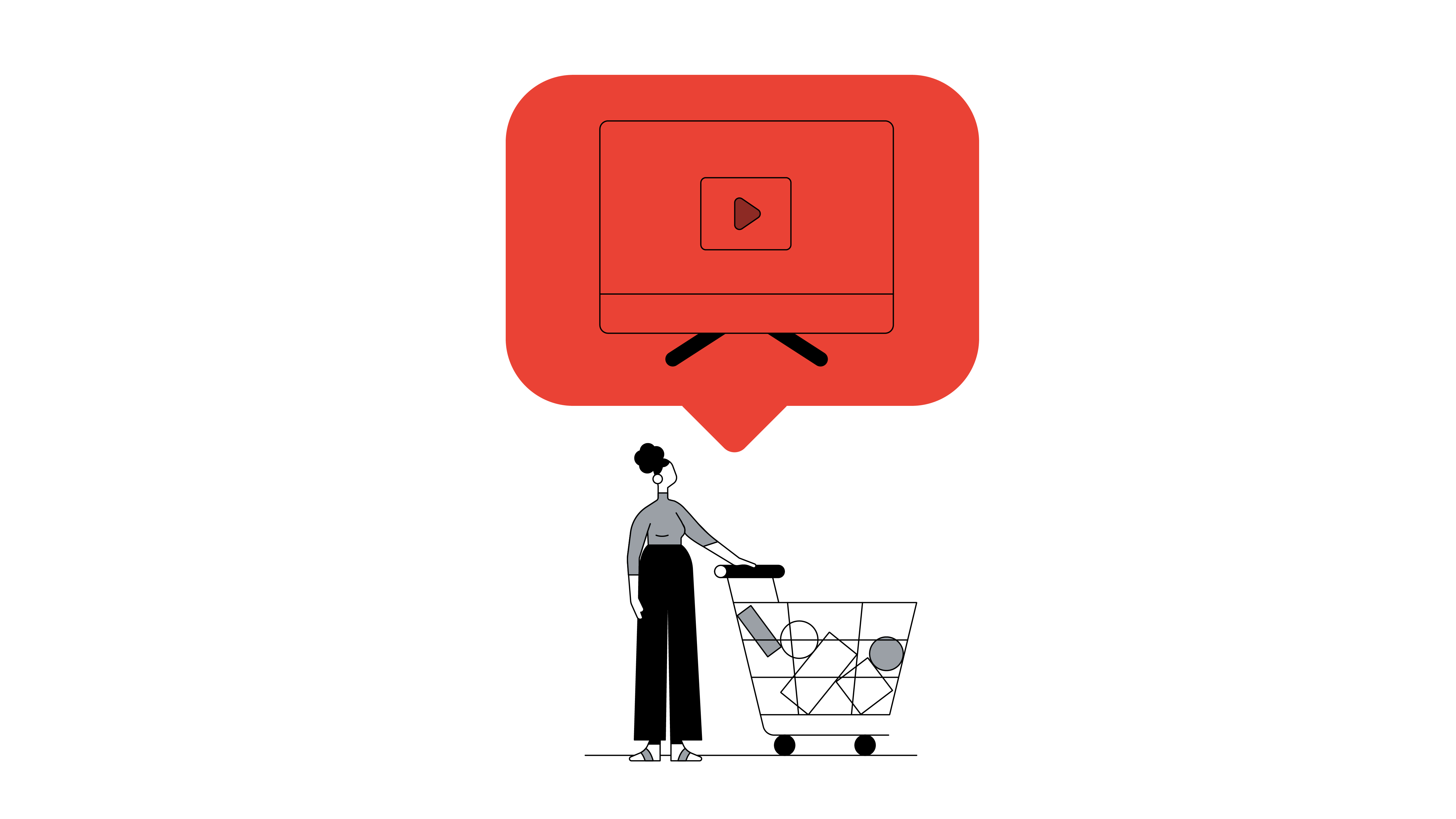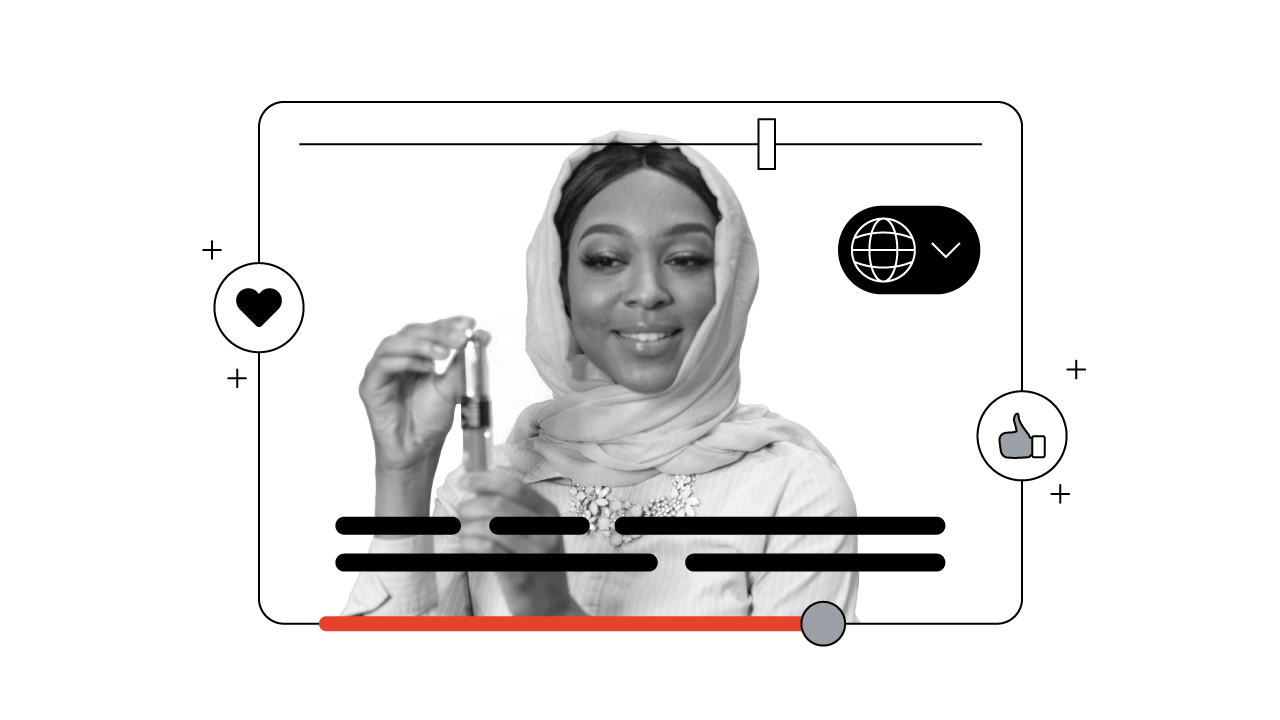Short-form video is having a moment. YouTube Shorts is generating 30 billion views per day, a 5X increase from the previous year. There’s a clear opportunity here for marketers – but our research shows that the rules of engagement in the short-form video space differ from region to region.
Audiences in Africa are responding to this content, however, according to a survey conducted by Ipsos, viewers in South Africa are less likely to describe "good content" as coming from an established production company or studio, or having a predictable structure and cadence.1 The same was found for Nigeria2 and Kenya.3
People on YouTube want to hear from you but creators’ audiences respond best to the creators themselves. According to another survey conducted by Ipsos, 90% of viewers in Nigeria are open to advertising and branded content when watching video that is personally relevant.4 The figure is the same for Kenya5 and 87% in South Africa.6
As you plan your foray into short form video, here are three major trends we see playing out in Africa on YouTube Shorts:
Dance and music lead the way
A clear short-form video trend in Sub-Saharan Africa is the skew towards viral dance content. Many trends we see in the region are related to music or dance.
The “Woza Train Challenge” is just one of many examples. Based on Mr JazziQ’s “Woza,” the trend started in South Africa before gaining an international following. The challenge was simple: fall in line with your friends, take a few steps forward, and then shuffle backwards.
Music and dance are universal. During 2020’s lockdowns, South African DJ Master KG’s song “Jerusalema” – and the subsequent #JerusalemaChallenge – went viral worldwide. The lyrics were in Khelobedu, but the trend transcended language. Consider Shoukrallah Ezz Eldin’s song “Allalah Belil,” which trended as a lip-sync challenge across the region, despite being sung in Sudanese Arabic.
Personal twists on popular trends
In many cases, short-form video creators will simply replicate a trend. However, people in Sub-Saharan Africa seem to love to make things their own. These creators want to prove that they can dance better and be more creative than others, rather than copying existing choreography.
South Africa is a good example: while keeping a few elements of a dance style, some local creators put their own spin on viral challenges. The “#izolodancechallenge,” for example, saw creators break into their own version of the dance to DJ Maphorisa’s “Izolo.”
Meanwhile, the “#fatalchallenge” – based on the Senegalese summer hit “Fatal Ma Fofou” by Bilou XIV – was a lip-sync challenge where participants give the song’s introduction their own unique flair. Senegalese hip-hop tends to be instrumental, so the addition of lyrics in this song provided a rare opportunity for lip-synching – and a platform for a viral challenge.
Micro-influencers carry mega clout
Some creators who drive short-form video trends in Sub-Saharan Africa have small follower bases. Take Zuu, popularly known as The Ghanaian Vegan, for example. Although Zuu’s subscribers across platforms number in the hundreds, the channel remains a popular source of vegan-related content. Significantly, The Ghanaian Vegan’s YouTube account has more short-form content than longer-length videos.
Meanwhile, Rayo Ahenmokhai, popularly known as LagosHouseWife, is a stay-at-home mother and a cook who shares homemade recipes and healthy eating tips on her channel. Ahenmokhai has a highly engaged audience of just 12,000 subscribers, just above the nano-influencer maximum of 10,000, and regularly works with brands in short-form recipe videos.
Micro-influencers represent a trend worth watching in the Sub-Saharan Africa region, and one to which marketers should pay close attention. One example is South African DJ Dineo Seloana – or @babymol_dii – who does dance challenges with twin sister @fifi.mog.
The long and the short of it
As short form video continues to grow, that doesn’t mean you need to abandon your long form video ambitions. YouTube creators who experiment with both long and short form video are seeing longer overall watch time and subscriber growth.
And when you’re ready to collaborate with influencers who are already acing the short form format, remember to let creators lead. They’re the ones who are creating these loyal fan bases. Watch how they tease content, try different formats, play with different trends, and join in the conversation in the comments section.





